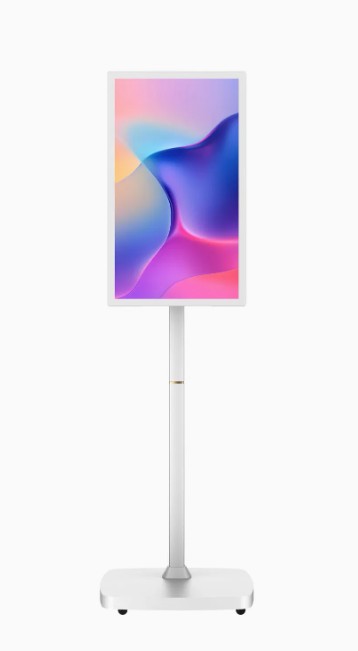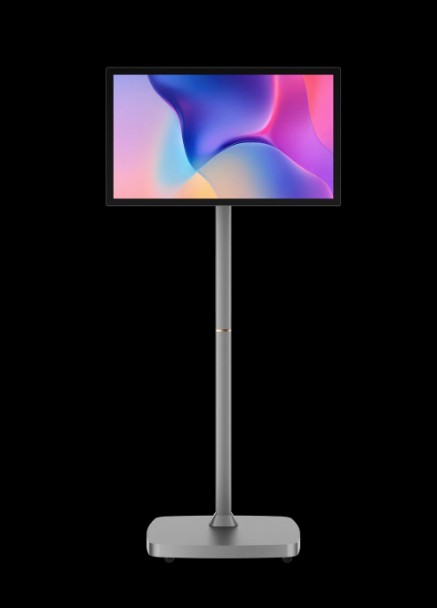Unlocking the Power of Advertising Players: A Complete Guide
Product description
In today's rapidly evolving digital landscape, businesses are constantly seeking innovative ways to deliver compelling marketing messages to their target audiences. One such powerful tool in the marketer’s arsenal is the Advertising Player-a versatile and dynamic solution that brings advertisements to life across various digital displays. Whether you're enhancing in-store experiences or running digital signage campaigns, advertising players provide a streamlined and efficient way to manage and deliver multimedia content. This guide delves into the core features, advantages, and potential applications of advertising players, followed by key Q&A insights to help you understand this product better.

What Are Advertising Players?
Advertising players are specialized devices or software solutions designed to deliver multimedia advertisements on digital screens, kiosks, billboards, or displays. These players are engineered to play a variety of content such as images, videos, slideshows, and interactive applications, making them essential for digital signage and advertising networks. Their primary role is to ensure that content is presented seamlessly and at the right moment to engage audiences effectively.

Key Features of Advertising Players
1. Multi-Content Support: Advertising players support a wide range of media types, including images, video, audio, and HTML-based content. This flexibility allows businesses to create engaging, interactive, and dynamic advertisements that can captivate a broad spectrum of viewers.
2. Remote Management: Many modern advertising players offer cloud-based management, which allows businesses to remotely control and schedule content across multiple displays. This feature significantly reduces the time and effort needed for content updates and ensures consistency across all screens.
3. Customizable Scheduling: These players often come with advanced scheduling capabilities, allowing businesses to determine that the exact times content will be shown. Whether you want to run specific ads during peak hours or rotate different campaigns throughout the day, the scheduling options provide complete control over content delivery.
4. High-Resolution Output: Advertising players support high-definition (HD) and 4K video resolutions, ensuring that advertisements are displayed with optimal clarity and visual appeal. This makes them ideal for environments, where high-quality visuals are critical such as retail stores, shopping malls, and trade shows.
5. Interactivity Features: Some advertising players integrate touch screen and motion-sensing technologies, offering interactive experiences for consumers. These features can be used to gather data, run quizzes, or even allow customers to customize advertisements, enhancing engagement.

The Advantages of Advertising Players
1. Enhanced Customer Engagement: Advertising players allow brands to create visually striking and targeted advertisements that grab the attention of viewers, driving engagement and brand recall.
2. Cost-Effective Marketing: With the ability to update content remotely and without the need for traditional print materials, advertising players offer a cost-effective solution for running advertisements across multiple locations.
3. Real-Time Analytics: Many advertising players come equipped with analytics tools that provide insights into viewer behavior such as which content performs best and how long customers interact with each ad. This data allows businesses to optimize campaigns in real-time.
4. Scalability: Whether you have one digital display or thousands spread across various locations, advertising players can scale to meet the needs of your business. The ability to manage large networks of screens from a central location makes them suitable for both small businesses and large enterprises.

Common Use Cases of Advertising Players
1. Retail Environments: Advertising players are commonly used in retail settings to promote products, highlight special offers, or display branding messages. The ability to schedule content ensures that ads are shown when foot traffic is highest, increasing the likelihood of conversions.
2. Public Spaces: Whether it’s a transport station, a shopping mall, or an airport, advertising players are used in public spaces to engage passing crowds with targeted ads, event promotions, or helpful information.
3. Corporate Settings: In corporate environments, advertising players can be used for internal communication, displaying announcements, news, or event schedules on screens across office buildings or conference rooms.
4. Hospitality and Entertainment: Hotels, restaurants, and entertainment venues often use advertising players to promote services, provide interactive information for guests, or display entertainment schedules.

Frequently Asked Questions (Q&A)
1. What kind of content can I display on an advertising player?
You can display a variety of content, including images, videos, PowerPoint presentations, live feeds, HTML content, and even interactive elements like touch screens or QR codes.
2. How do I manage multiple advertising players across different locations?
Many advertising players come with cloud-based management systems, allowing you to control and update content remotely from a central platform, making it easy to manage displays across different locations.
3. Are advertising players compatible with all types of digital screens?
Yes, advertising players are designed to work with various types of digital screens, including LED displays, digital billboards, and even interactive kiosks. Just ensure compatibility with the display’s resolution and input method.
4. Can I track the performance of my advertisements using an advertising player?
Yes, most advertising players include analytics tools that provide real-time insights on how your content is performing. This data can help you optimize your campaigns and ensure maximum impact.
5. How secure are advertising players?
Modern advertising players come with built-in security features such as password protection, encryption, and remote access controls to ensure that content is secure and only accessible by authorized personnel.

Conclusion
Advertising players are powerful and flexible tools that are transforming the way businesses approach digital advertising. From enhancing customer engagement to offering real-time performance analytics, these devices provide unmatched control and efficiency for businesses looking to deliver dynamic and high-impact advertisements. Whether you're a small retail shop or a large corporation, investing in an advertising player can help you elevate your marketing strategy and captivate your audience with ease.
Recommended products


